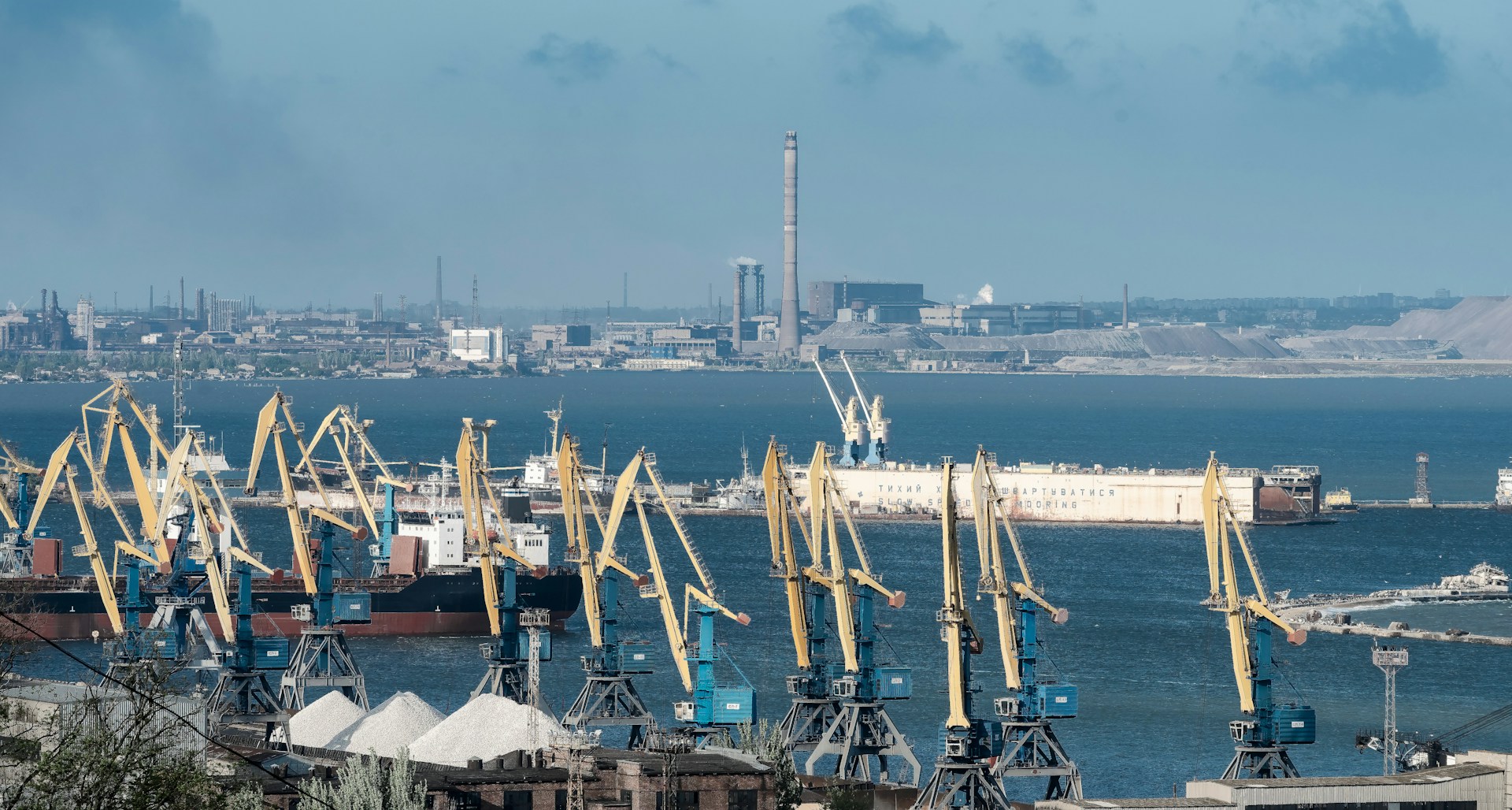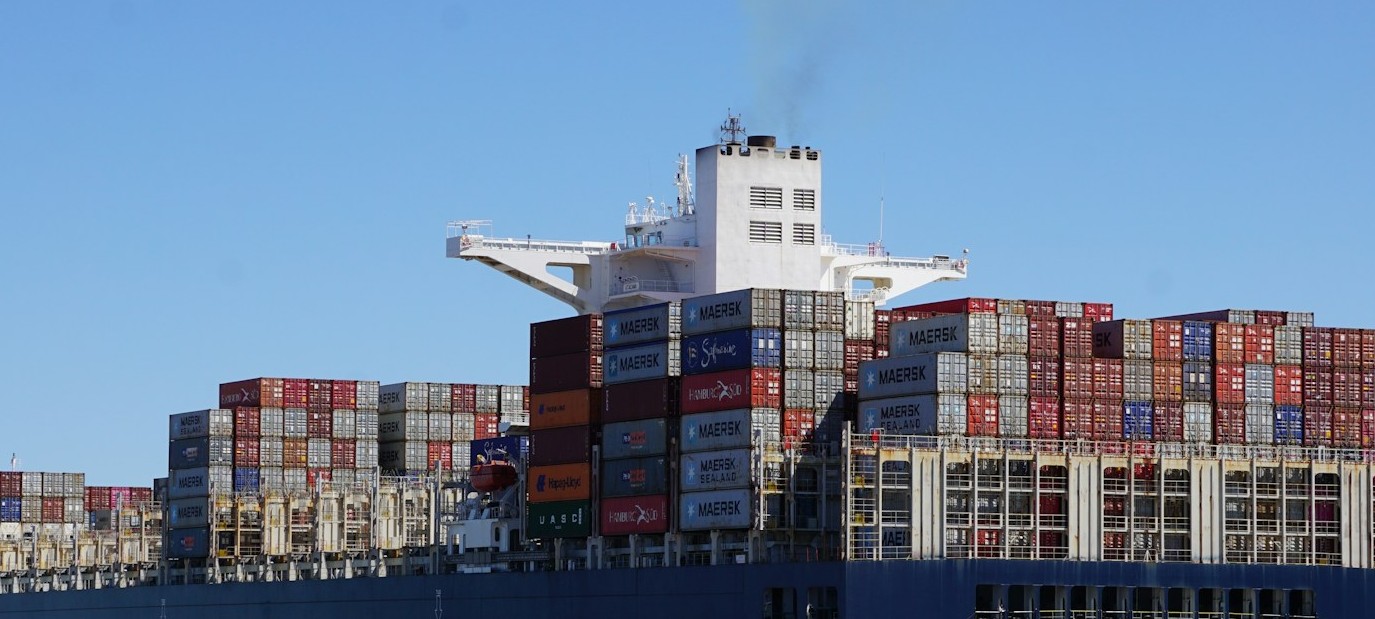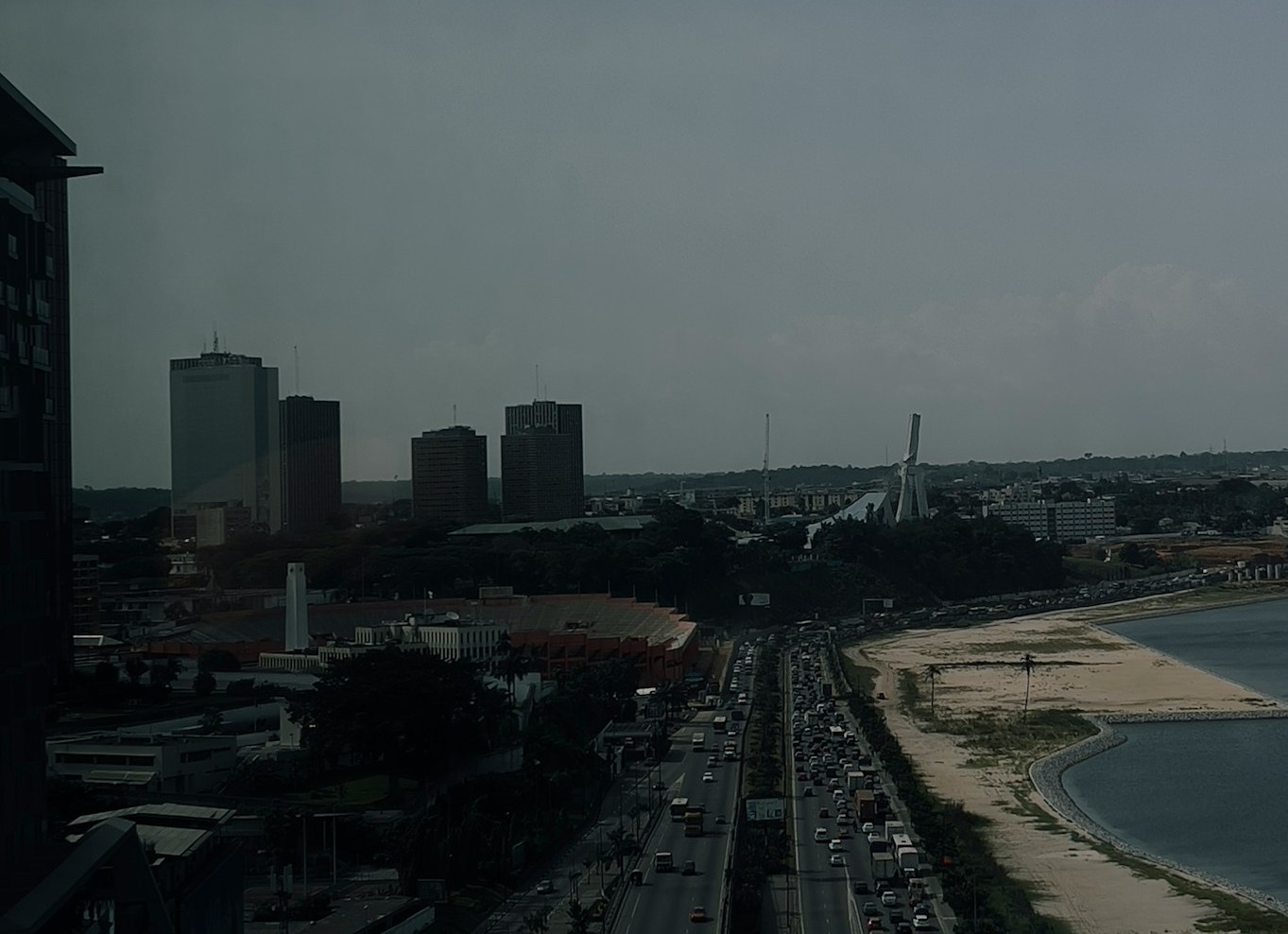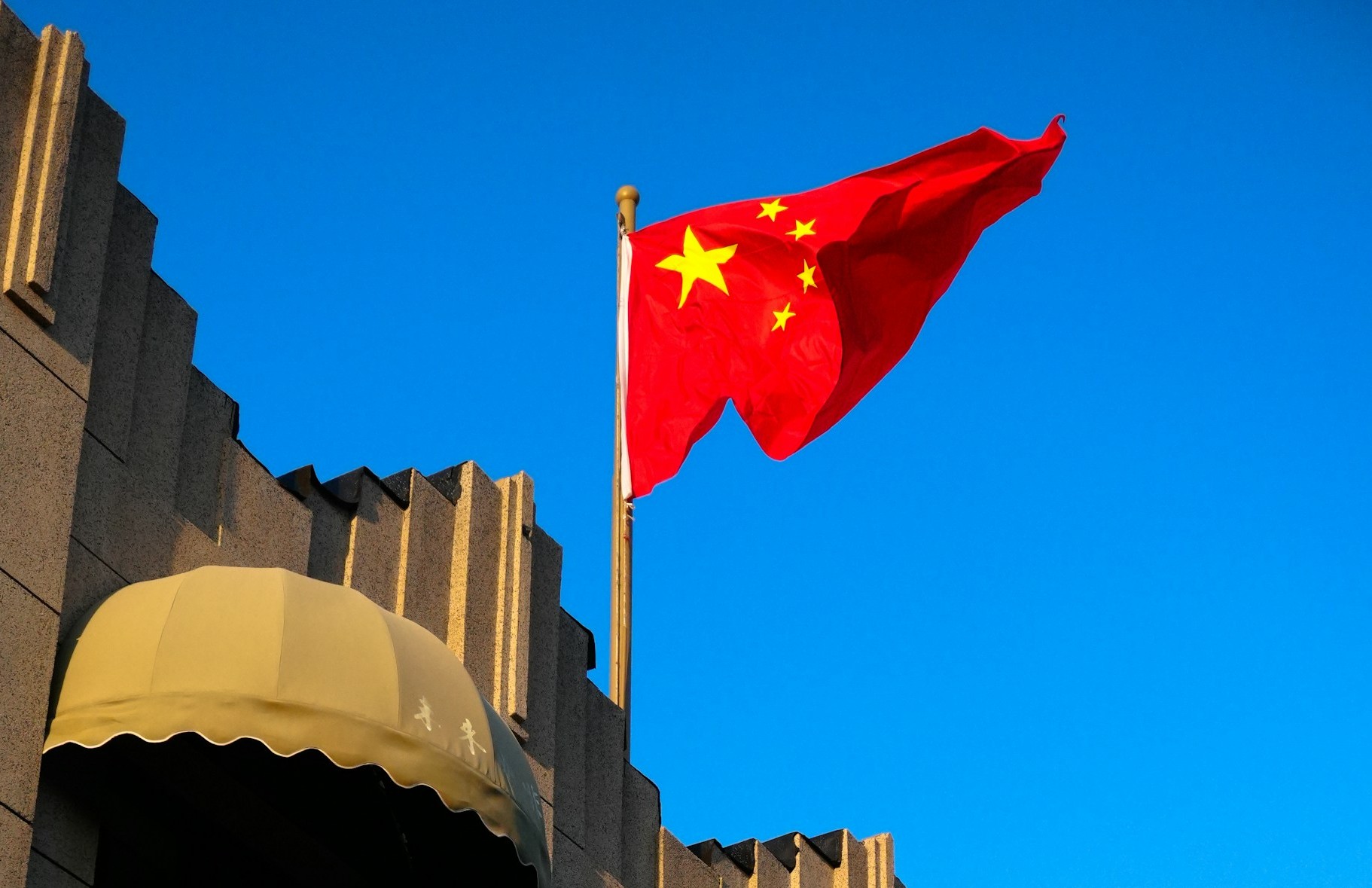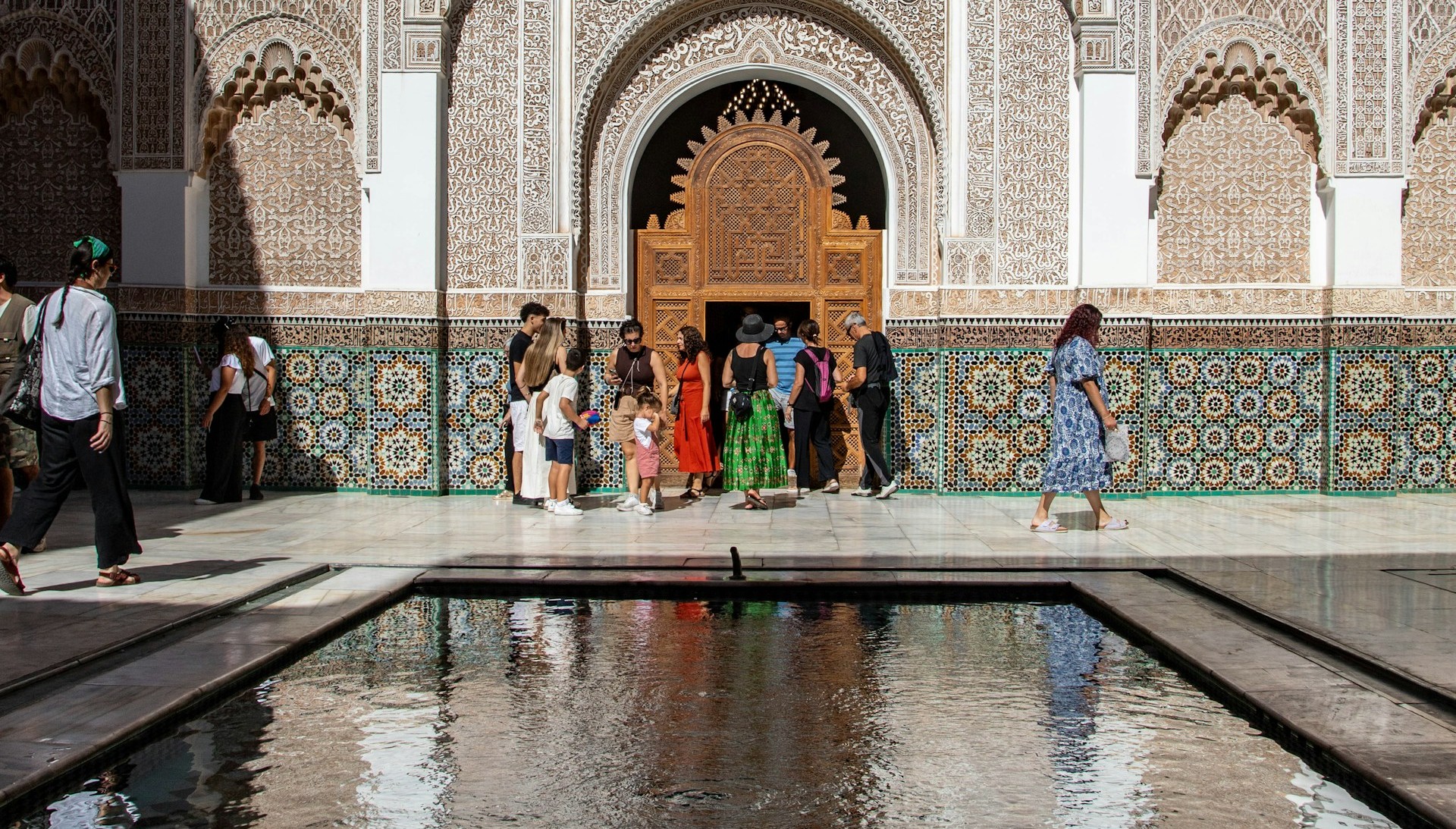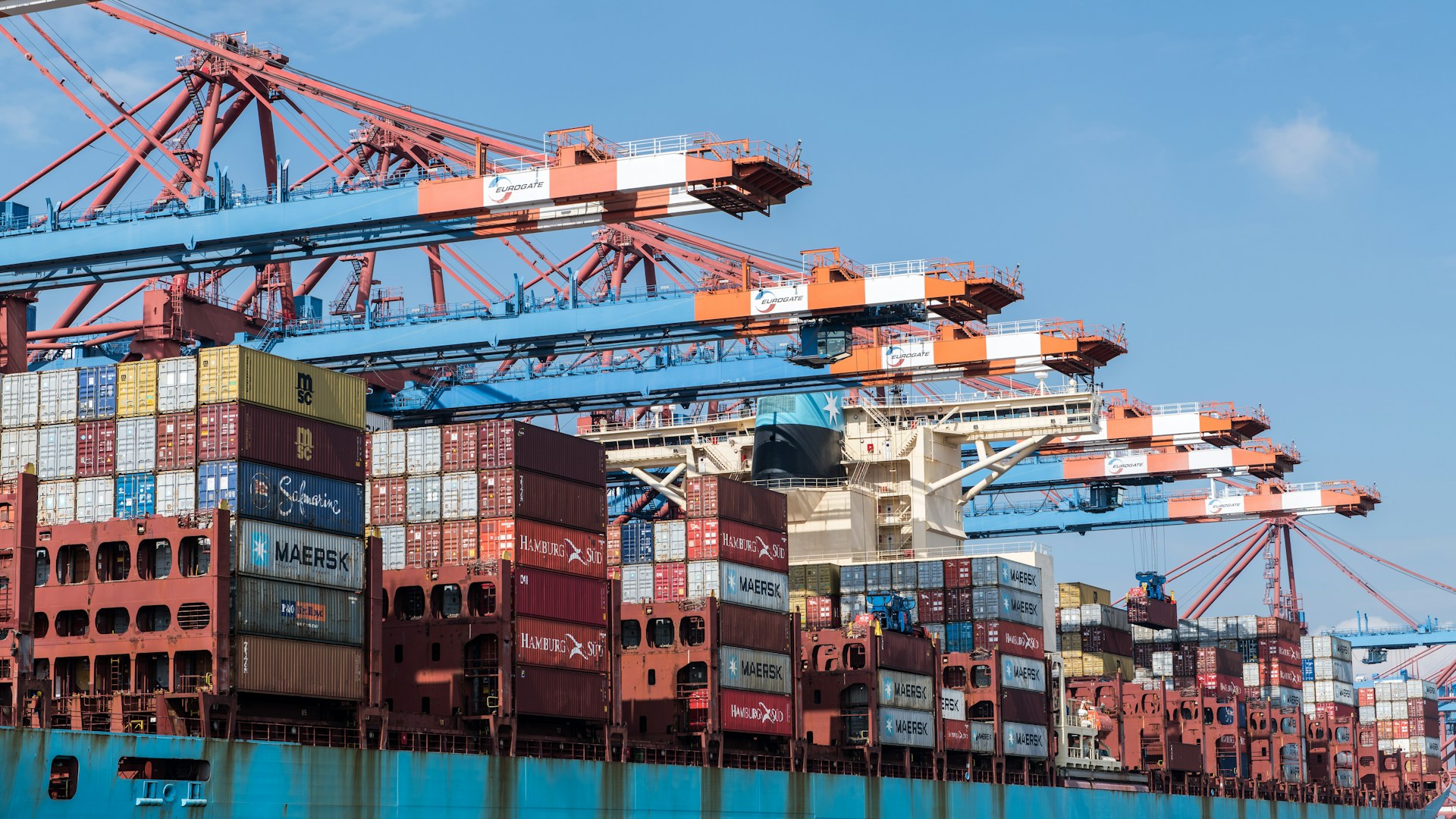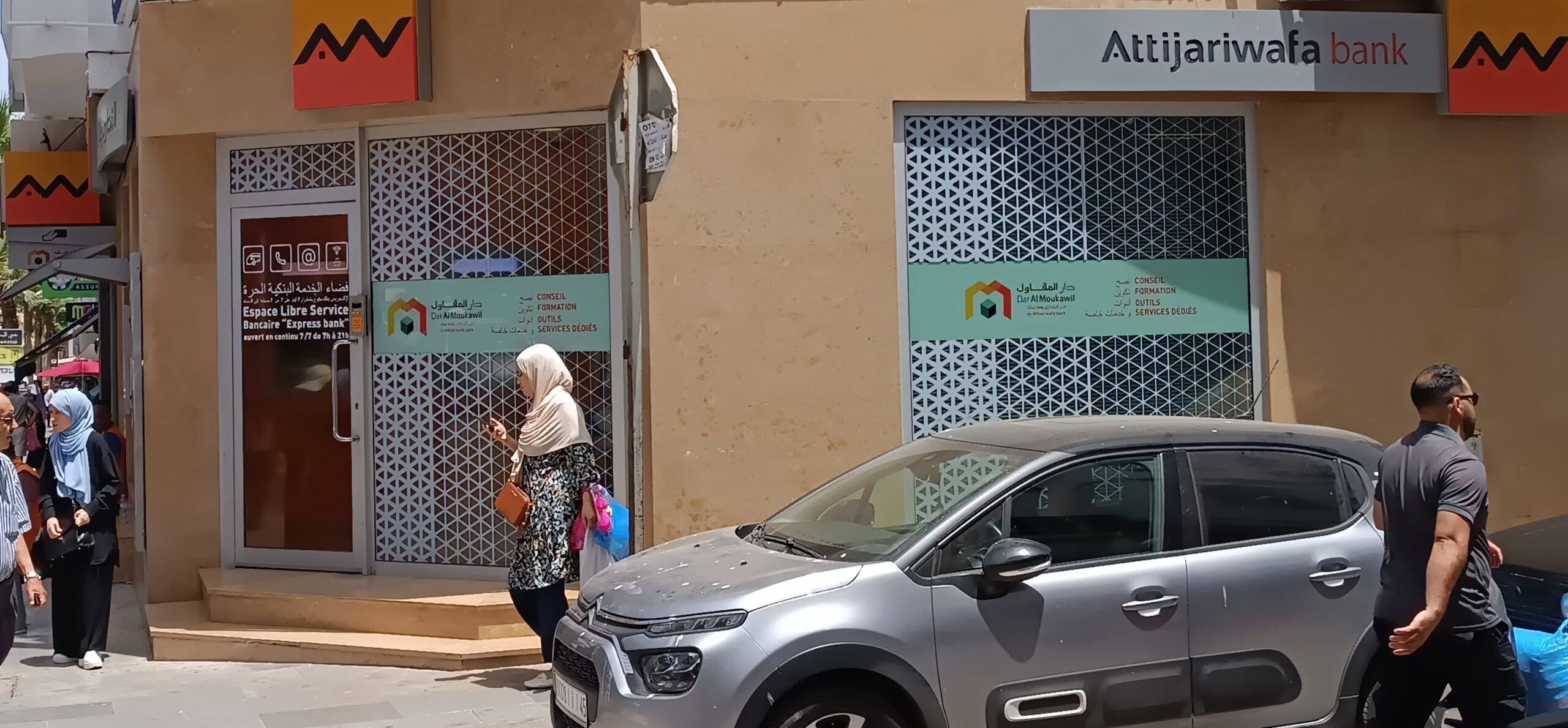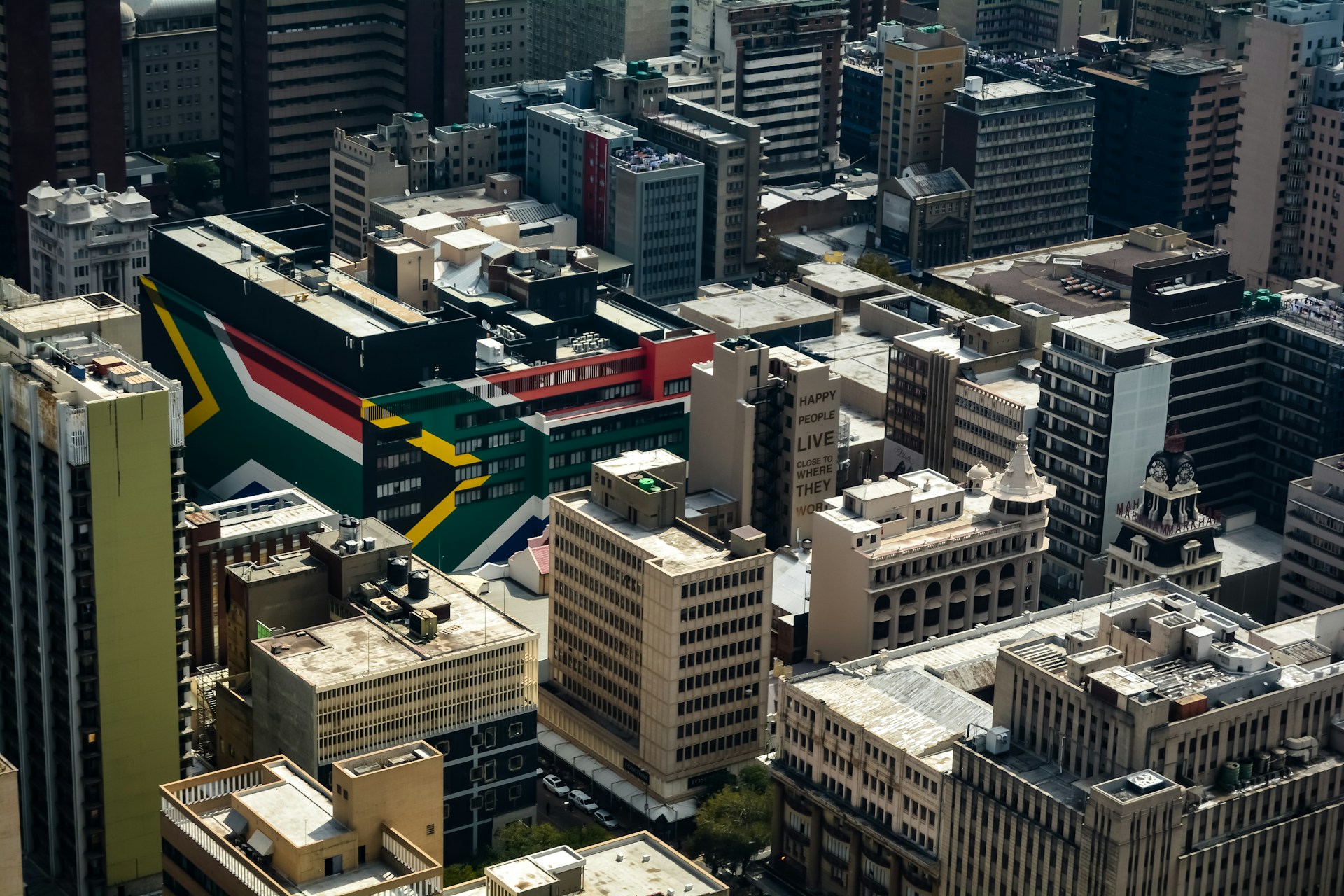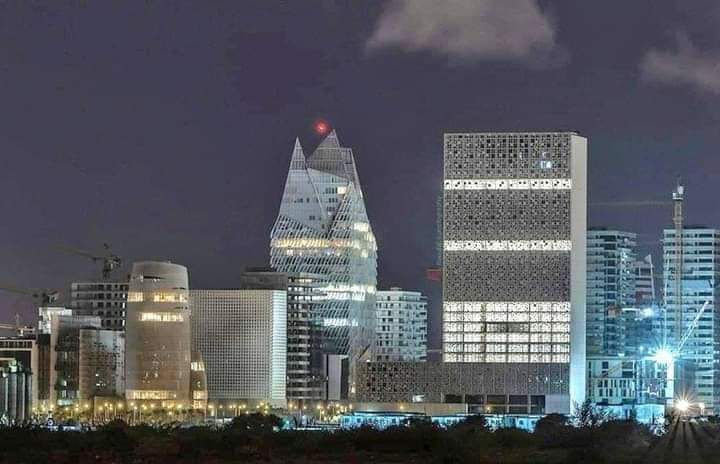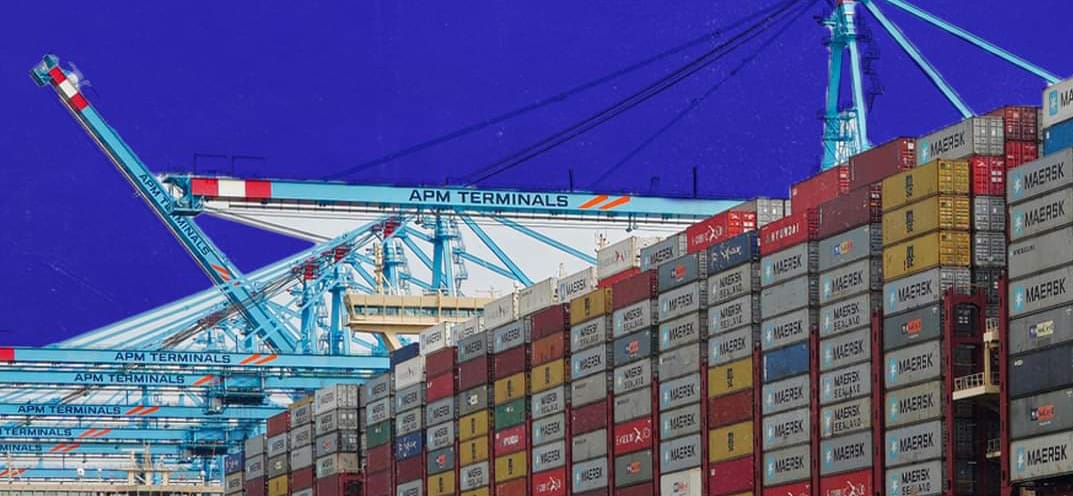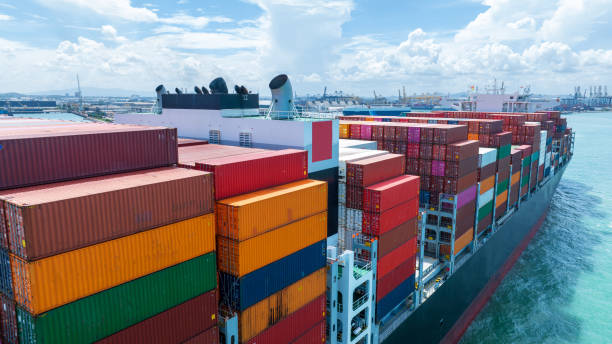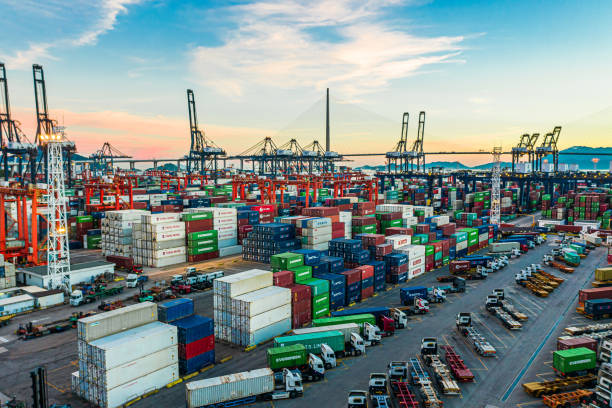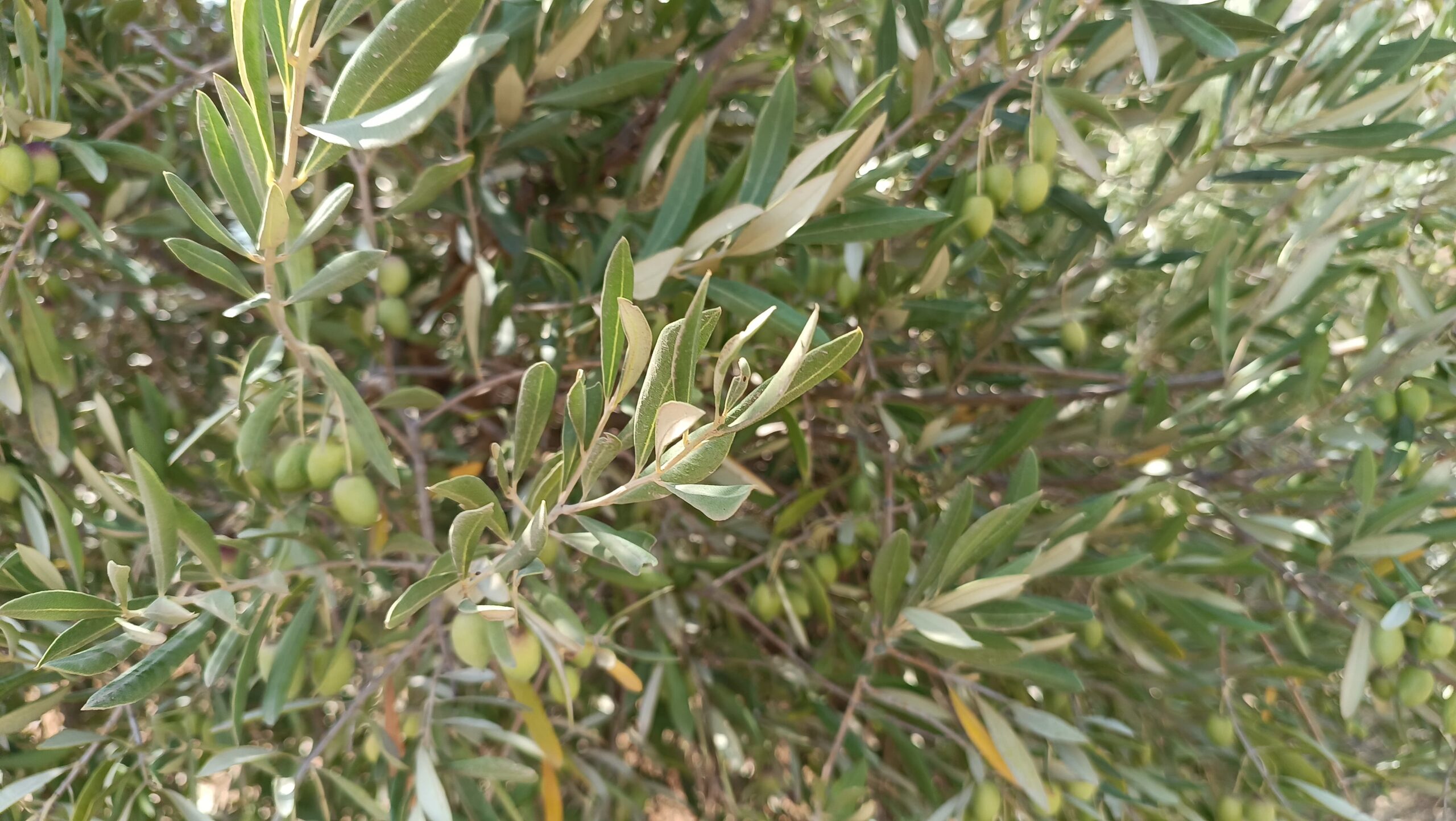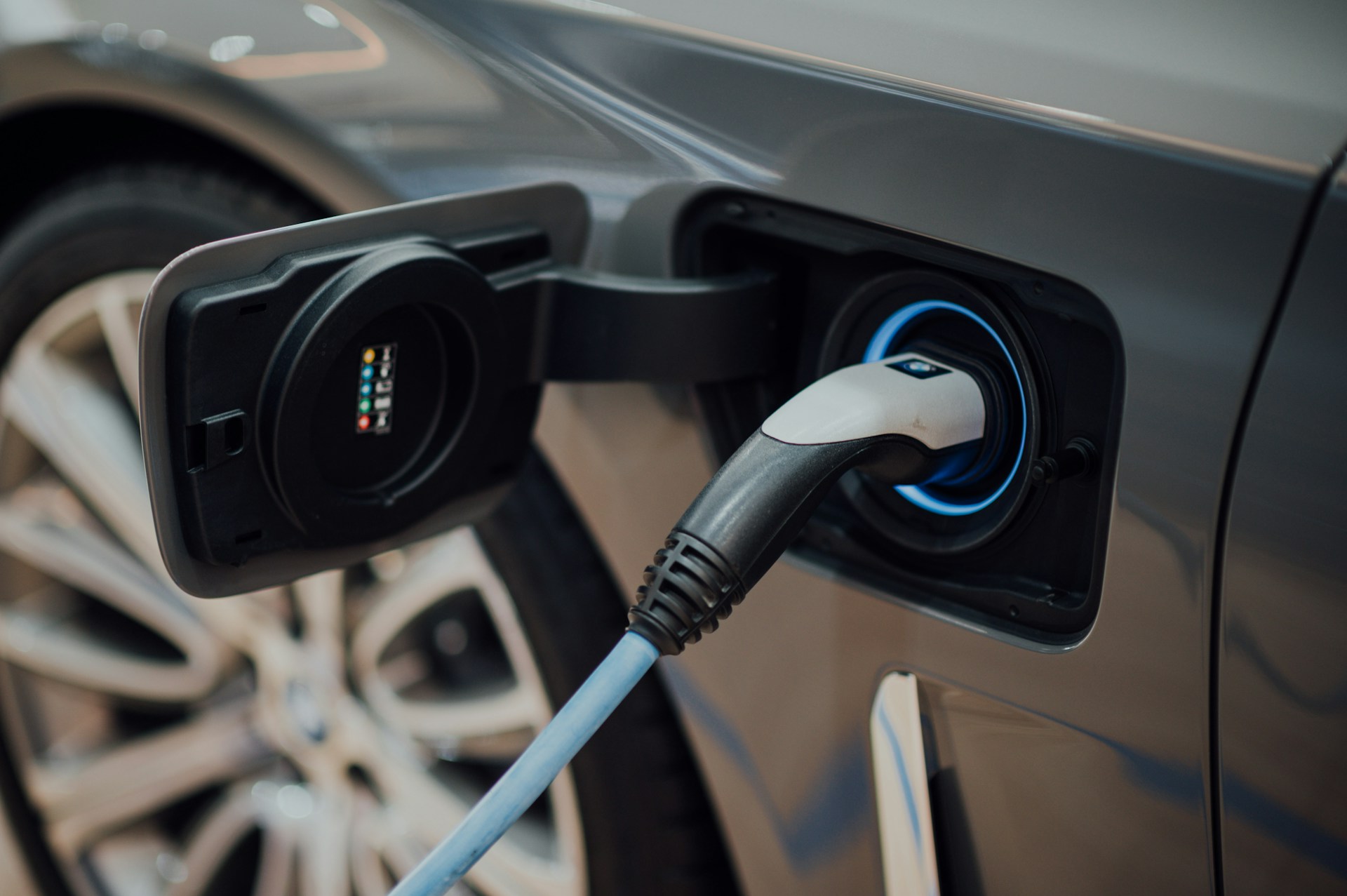Casablanca – Morocco has reached a new milestone in its economic modernization efforts, with the government announcing that 96% of foreign trade procedures have now been digitalized. The achievement, accompanied by a 43% reduction in the average time goods spend at border crossings between 2014 and 2024, marks a major step toward improving trade efficiency and positioning the country as a leading logistics and commercial hub in Africa and the wider Middle East.
According to the Secretariat of State in charge of Foreign Trade, these results are the outcome of a decade-long strategy aimed at simplifying and automating customs and administrative processes across all stages of import and export. The initiative has significantly enhanced Morocco’s trade competitiveness and improved its ranking on the global stage, with the country now placed first in the Middle East and North Africa region and 12th worldwide in international trade facilitation.
A decade of reform and digital integration
The digital transformation of Morocco’s trade ecosystem has been anchored by the “PortNet” platform, which serves as the central system for electronic trade procedures. Established as part of a national vision to streamline logistics and boost transparency, PortNet now connects more than 20 public administrations, enabling seamless electronic exchange of trade documents.
Through this platform, a wide range of previously paper-based operations have been fully automated. These include applications for customs exemptions, import licenses, and duty-free import permits, as well as the inspection and certification of industrial products and the calibration of measurement instruments. The system also facilitates the electronic exchange of food safety test results managed by the National Office for Food Safety (ONSSA), ensuring faster clearance for perishable goods.
The National Office for Cereals and Pulses has similarly integrated its procedures into the digital system, allowing for electronic monitoring of grain and legume imports, while the National Agency for Water and Forests (ANEF) now oversees digitized import and export permits for endangered animal and plant species.
Expansion of e-services and real-time coordination
Beyond administrative automation, Morocco’s digitalization strategy has extended to the operational level of trade management. The government has implemented systems for electronic pre-declaration of containers, real-time cargo arrival notifications, and electronic payment of all trade-related fees and duties.
Additional upgrades include the digitization of delivery notes for customs-cleared goods, as well as enhanced coordination among inspection agencies responsible for physical control of merchandise within ports and airports. These integrations have allowed authorities to operate clearance and inspection services continuously—24 hours a day, seven days a week—ensuring greater fluidity in the movement of goods and reducing logistical bottlenecks.
A roadmap for 2025–2027
Building on these accomplishments, the Foreign Trade Roadmap 2025–2027 outlines a new phase of projects designed to consolidate Morocco’s leadership in digital trade facilitation. One of the flagship initiatives under this plan is the creation of a national single-window portal for foreign trade procedures. This platform will integrate all customs, logistics, and inspection processes—bringing together public and private stakeholders within a unified digital framework.
Another major component of the roadmap is the launch of the National Authorized Economic Operator (OEA) system, which aims to provide preferential treatment and simplified procedures for certified companies that comply with recognized trade standards. The program will help Moroccan exporters and importers gain priority access to customs services, expedited inspections, and smoother documentation handling.
Economic and strategic impact
The Ministry of Industry and Trade considers this wave of digitalization a cornerstone of Morocco’s trade modernization policy. By cutting processing times, minimizing paperwork, and reducing opportunities for administrative errors, the reforms are expected to lower trade-related costs and increase transparency in import and export operations.
Officials emphasize that the transformation is not merely technological but structural—intended to reinforce Morocco’s integration into global value chains and strengthen its role as a strategic trade corridor connecting Africa, Europe, and the Arab world.
The reduction in port dwell times—by nearly half compared to 2014—has also improved the competitiveness of Moroccan exports and made the country more attractive to international investors seeking efficient logistics networks. Moreover, the introduction of electronic payments and digital traceability of goods enhances the integrity of customs operations and reduces informal practices in cross-border trade.
Toward a fully digital trade environment
The government’s ultimate objective is to reach full digitalization of trade procedures by 2027, with a focus on interoperability between customs systems, logistics platforms, and inspection agencies. Authorities are also exploring the integration of artificial intelligence and blockchain technologies to further enhance the security and efficiency of trade documentation.
By embracing this comprehensive approach, Morocco is positioning itself among the most advanced emerging economies in terms of trade facilitation. The ongoing modernization of border management systems, coupled with the expansion of digital services, reflects the country’s broader ambition to build a resilient, transparent, and competitive trade environment capable of supporting sustained economic growth.
As Morocco continues implementing its 2025–2027 roadmap, the near-total digitalization of foreign trade stands as a testament to how long-term institutional reforms, coordinated governance, and technological investment can reshape the foundations of an open, modern economy.
